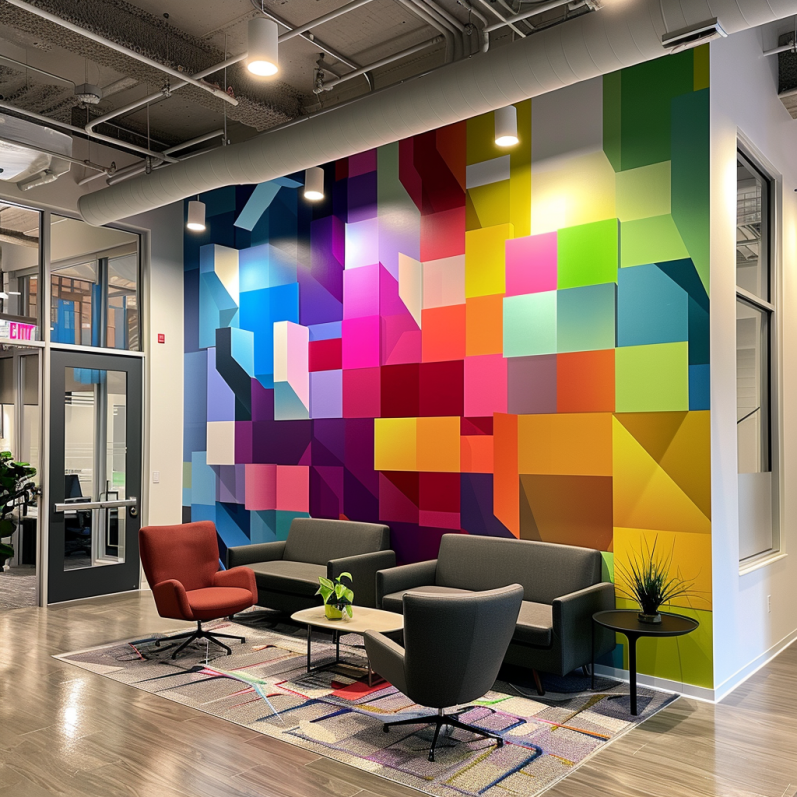Virtual prototyping has revolutionized the fabrication design process, transforming how engineers and designers conceptualize and develop products. This innovative approach leverages advanced computer modeling and simulation tools to create digital representations of physical objects, allowing for detailed analysis and testing before any physical prototype is constructed. The primary advantage of virtual prototyping lies in its ability to simulate real-world conditions and interactions within a virtual environment, which significantly reduces the time and cost associated with traditional prototyping methods. At the heart of virtual prototyping is the use of sophisticated software that integrates various aspects of design, from structural and thermal analysis to fluid dynamics and user interaction. This holistic approach enables designers to evaluate the performance of a product under different scenarios and conditions, identifying potential issues and optimizing the design accordingly. For instance, engineers can simulate how a new material will respond to stress or how a product will behave in extreme temperatures, providing valuable insights that guide design improvements.

One of the key benefits of virtual prototyping is its ability to accelerate the design process. Traditional prototyping often involves iterative cycles of building and testing physical models, which can be time-consuming and costly. In contrast, virtual prototypes can be rapidly modified and tested within the digital realm, allowing for faster iterations and more efficient problem-solving. This agility not only speeds up development but also enhances innovation, as designers can explore more creative solutions without the constraints of physical limitations. Additionally, virtual prototyping fosters greater collaboration and communication among project teams. Digital models can be easily shared and reviewed by team members across different locations, facilitating real-time feedback and coordination. This collaborative approach helps ensure that all stakeholders are aligned with the design vision and can contribute their expertise throughout the development process. Furthermore, virtual prototyping plays a crucial role in reducing the environmental impact of fabrication processes.
By minimizing the need for physical prototypes and testing, it lowers material waste and energy consumption. This aligns with the growing emphasis on sustainability in engineering and manufacturing practices, making virtual prototyping a more eco-friendly option compared to traditional methods. As technology continues to advance, virtual prototyping is expected to become even more integral to the design and fabrication landscape. Emerging technologies such as artificial intelligence and machine learning are poised to enhance the capabilities of virtual prototyping tools, offering even more sophisticated analysis and optimization features and learn more info in this website https://www.spm-design.com/. This ongoing evolution promises to further streamline the design process, enabling the creation of more complex and innovative products while maintaining efficiency and sustainability. In conclusion, virtual prototyping represents a significant leap forward in fabrication design processes. Its ability to simulate real-world conditions, accelerate development, enhance collaboration, and promote sustainability makes it an invaluable tool for modern engineering and design. As the technology continues to evolve, its impact on the industry is likely to grow, paving the way for more efficient and creative approaches to product development.
